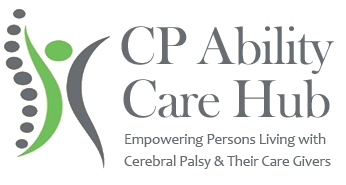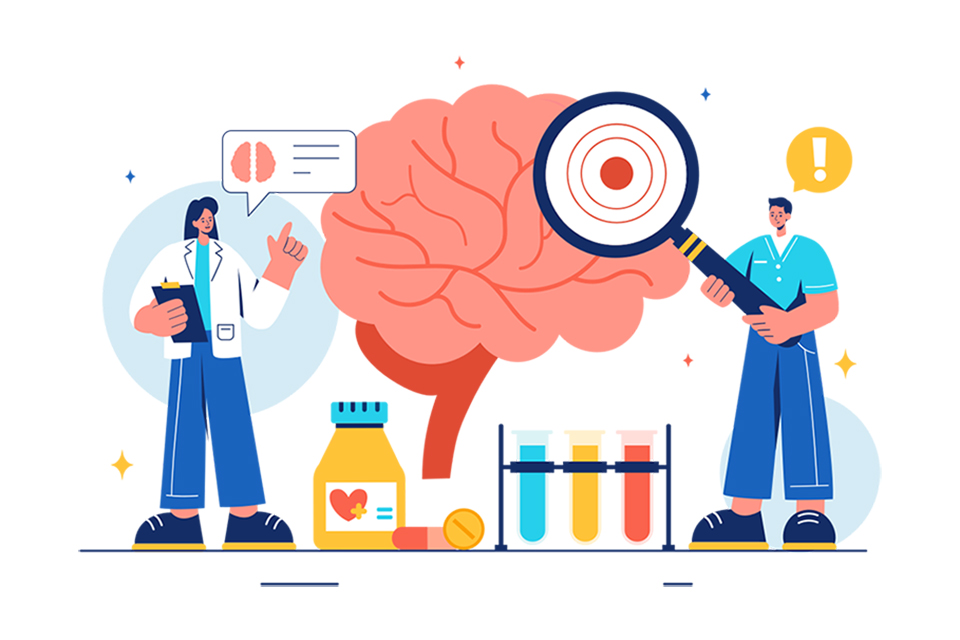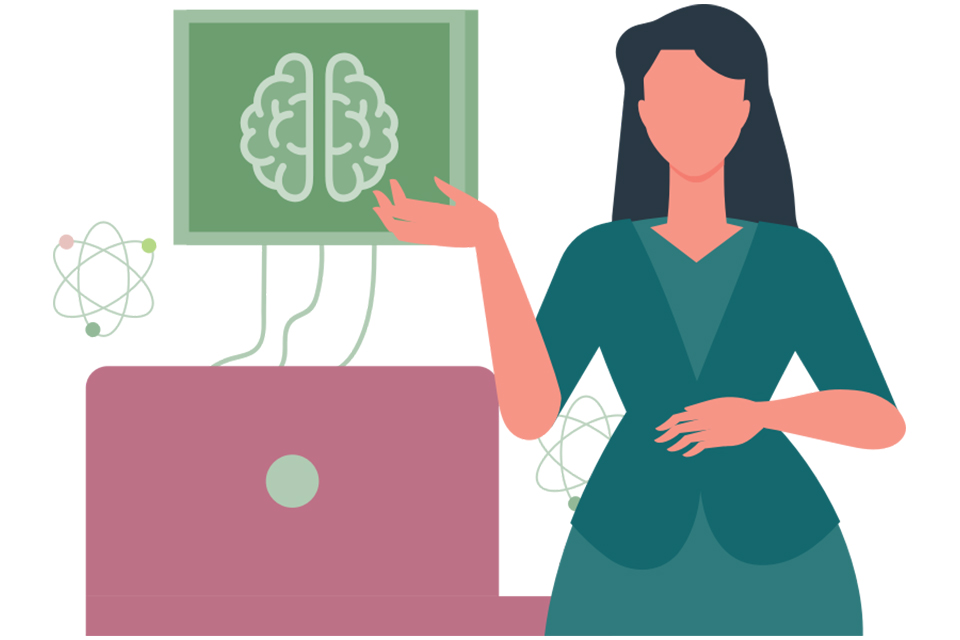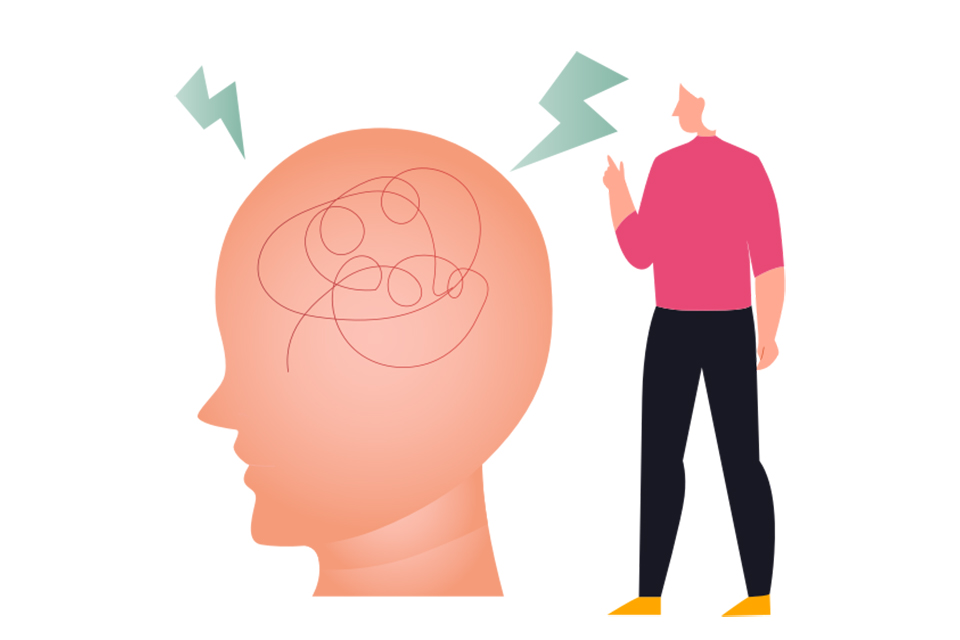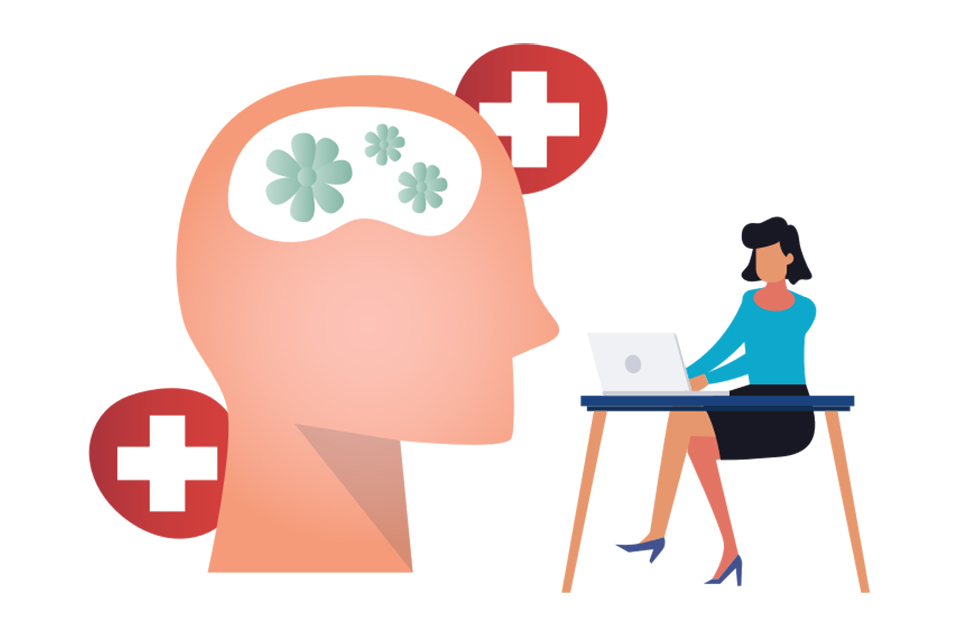What Is Cerebral Palsy?
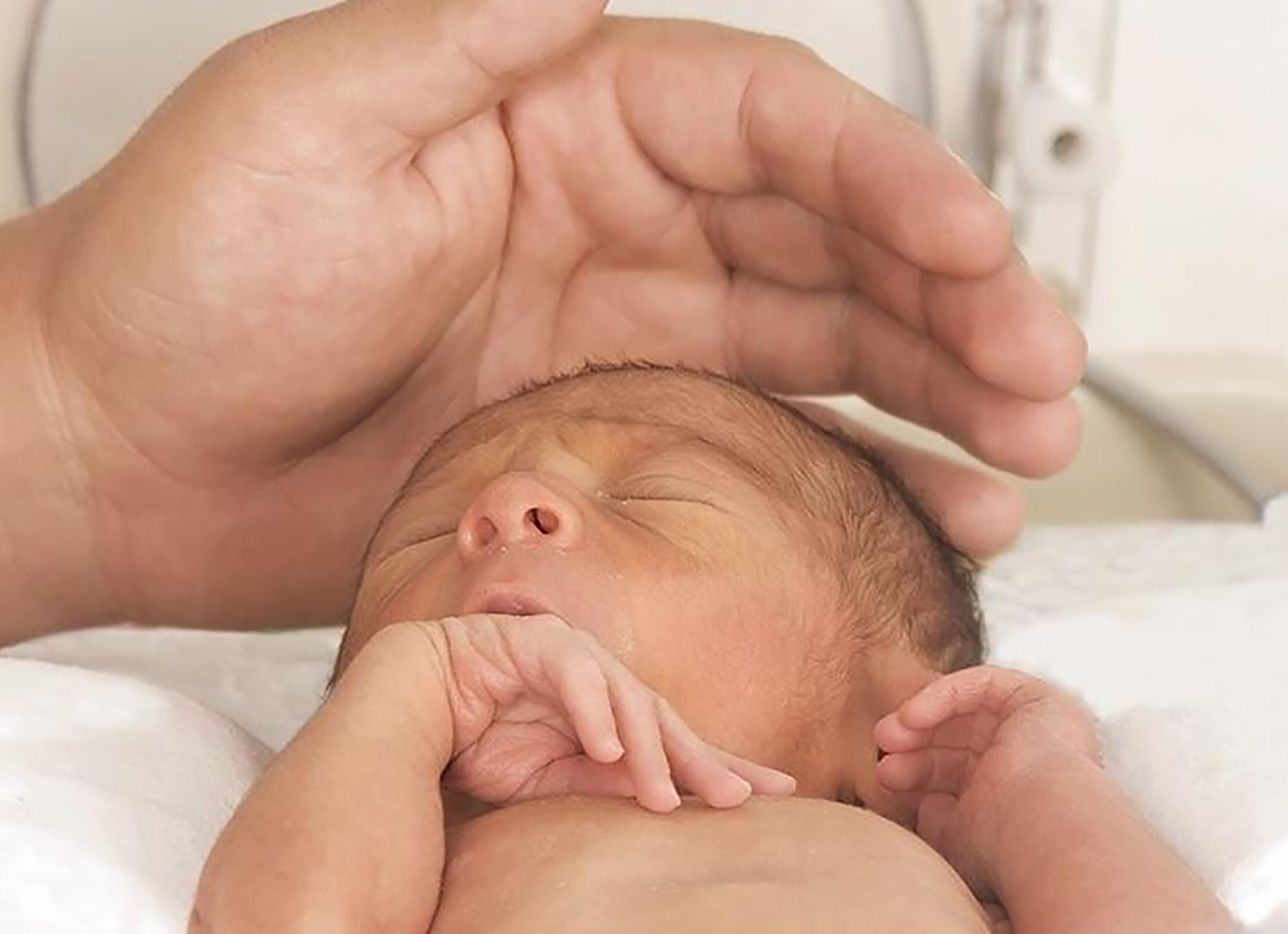
Cerebral Palsy (CP) is the most common lifelong motor disability impacting more than 17,000,000 people around the world. CP is the result of damage to the developing brain and describes a group of movement disorders that affect a person’s ability to move and maintain balance and posture. Cerebral palsy is the result of a combination of events either before, during or after birth that can lead to an injury in a baby’s developing brain.
Cerebral meaning ‘of the brain’ and palsy referring to ‘a lack of muscle control’ affects body movement, muscle control, muscle coordination, muscle tone, reflex, posture and balance.
People who have cerebral palsy may also have visual, learning, hearing, speech, epilepsy and intellectual impairments.
HOW CEREBRAL PALSY IMPACTS THE BODY

![]()
ce•re•bral / of the brain
![]()
pal•sy / lack of muscle control
Motor Types of Cerebral Palsy
The way CP impacts coordination, balance and movement have names like Spasticity (stiffness), Hypotonia (low tone), Dystonia (fluctuating tone), Athetosis and Chorea (extra, abnormal movements). These motor challenges can create lifelong and progressive changes for a person with CP even though the initial brain injury is not progressive. Motor challenges can range from minimal to profound, depending on the individual – ranging from weakness in one hand, to an almost complete lack of voluntary movement in all four limbs. Spastic cerebral palsy is the most common presentation of cerebral palsy.
Spastic CP
Spastic CP is the most common type. People will experience increased muscle tone and their movements may appear stiff or awkward. Different parts of the body can be affected:
- 1. Spastic hemiplegia/hemiparesis typically affects the arm, hand, and leg on one side of the body.
- 2. Spastic diplegia/diparesis involves muscle stiffness that is predominantly in the legs. The arms may be affected to a lesser extent.
- 3. Spastic quadriplegia/quadriparesis is the most severe form of CP. It is caused by widespread damage to the brain or significant brain malformations.
Dyskinetic CP
People who have dyskinetic cerebral palsy, also referred to as dyskinesia, experience involuntary movements that are difficult to control.
These movements can be slow, twisting and writhing, or rapid and jerky, and can impact movement in the hands, arms, feet, legs, trunk, neck, and even the face or tongue. Dyskinesia can be especially noticeable when a person attempts to move. It can also vary from day to day or even within the same day, where a person might have tight muscle tone at some times, and normal or loose tone at other times.
Hypotonic CP
Hypotonic CP, also known as hypotonia, is a form of cerebral palsy that causes low muscle tone. In other words, the muscles are overly relaxed and may feel floppy.
Ataxic CP
Ataxia affects balance and depth perception.
People with ataxia will often have poor coordination and walk unsteadily with a wide-based gait.
Mixed Types
Mixed Types of CP refer to a set of symptoms that don’t correspond to any single type of CP, but are a mix of types.
For example, someone with CP may have some muscles that are too tight while other muscles are too relaxed.
